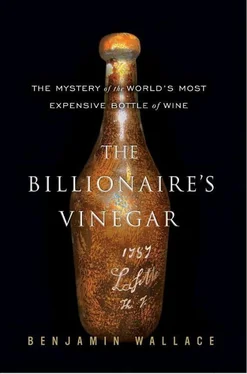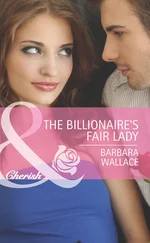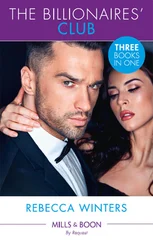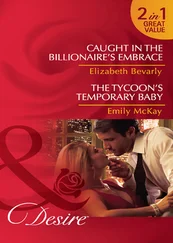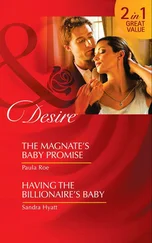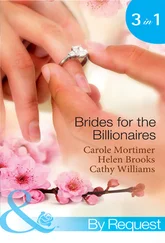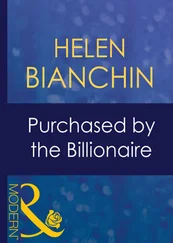“This was hard work,” Mario Scheuermann recalled of that year’s Ironman of wine. “It was really the final tasting. It was impossible to top this.”
To the initiated, a roll call of the absent was as revealing as the guest list. None of the core members of Rodenstock’s 1980s collecting circle was there, not Mr. Cheval Blanc or Herr Pétrus or Magnum Uwe. Another major German collector had finally left the fold two years earlier. The collector’s enormous cellar included what was possibly the world’s greatest private assemblage of DRC. He had been amassing a horizontal of 1961 Bordeaux in double magnums, and he was looking for a Super Second called Lynch-Bages. Neither the collector nor Bipin Desai, whose ability to ferret out rarities was topped only by Rodenstock, was able to find such a bottle. Two years later, Rodenstock called to say he had found two double magnums of the stuff. The collector told Lynch-Bages owner Jean-Michel Cazes about Rodenstock’s find, and Cazes said he doubted such bottles had ever existed. The collector decided not to buy the bottles, and Rodenstock got angry. Then, in 1996, the collector was seeking an 1847 Yquem, and Rodenstock offered him a bottle at “a friendship price” of 12,000 Deutschmarks, less than one-third the market price. Again, the collector declined, and at that point became non grata at Rodenstock’s tastings.
Desai, too, didn’t attend the 1998 Yquem tasting. Desai had continued to associate with Rodenstock into the mid-nineties, but had gradually become more distant from him. (Among other reasons, Desai was now in touch with a Venezuelan food journalist, who, despite years of inquiries, hadn’t been able to find anyone who could confirm the existence of the Caracas cellar from which Rodenstock had supposedly garnered some of his most impressive bottles.)
Most glaring, given the focus of the tasting, was the absence of Yquem’s proprietor. Rodenstock had invited Lur Saluces; the count told friends he had never opened the invitation. (Elsewhere, he and Eigensatz reviewed the list of Yquem vintages served, and speculated that forty of them, many never before seen on the market, were fakes.)
Some of the changes in attendance resulted from a transformation of the wine scene. The American Group, by now, had effectively disbanded. In the early 1990s, after being diagnosed with cancer and recovering overnight in what he deemed a miracle, fifty-seven-year-old neurosurgeon Marvin Overton had become a Pentecostal evangelist, selling much of his 10,000-bottle collection and giving away the rest. “I was an excellent heathen,” he said, “and now I’m an excellent Christian.” In 1997, Tawfiq Khoury, now sixty-seven and moving to Hawaii, sold much of his collection at a joint Zachys-Christie’s auction for $3.2 million. He kept 10,000 bottles. Lloyd Flatt, after auctioning his cellar in 1990 in the face of a divorce, had begun to rebuild, but the old days of the Group were long over.
Serena Sutcliffe, who attended the Rodenstock blowout in 1989, had signed on as Sotheby’s wine director two years later. Under her direction, the department had made great gains and now was a real challenger to Christie’s. In 1997, Sotheby’s two-day May sale of composer Andrew Lloyd Webber’s 18,000-bottle cellar brought in more than $6 million, making it the largest wine sale up to that time. In 1999, Sotheby’s and Sherry-Lehman would jointly hold an auction in New York of wine from the cellar of Norwegian investor Christen Sveaas, which fetched $14.4 million. (Christie’s had already sold the other half of Sveaas’s cellar, billing it as “the world’s most exclusive private wine cellar ever to have appeared at auction,” for more than $11 million.)
Michael Broadbent couldn’t stand Sutcliffe. Regal and stylish, she was the second woman ever to be certified as a Master of Wine. In contrast to Broadbent, she tended to employ gushing and fanciful descriptors for wine (“jammy wonder” “the Cairo spice bazaar”). And, just as Keith Richards had taken out a policy on his guitar-plucking fingers, she had insured her palate. It was no empty gesture. The eminent English importer and writer Harry Waugh, late in life, had been in a car accident that threw him into his dashboard and killed his sense of smell. For someone whose livelihood depended on her nose, the idea of losing it was horrifying. Robert Parker, too, had such an insurance policy (for $1 million). But it all added up to a glittery, modern persona that chafed against Broadbent’s old-school sensibilities.
Not long before Rodenstock’s 1998 Yquem tasting, Broadbent had taped an interview for Vintner’s Tales, a BBC documentary hosted by Jancis Robinson, in which he acknowledged that he refused to attend tastings where Sutcliffe would be present, explaining, “I find that there is a chemistry between people and I find, really, if you want to know the truth, her haughty and rather nose-in-the-air. The word, if you really want the word, is pretentious. They are going to kill me for this. She probably thinks I am a most tiresome person, too.” Sutcliffe declined to appear in the series.
Three years later, Walter Eigensatz would host a tasting at his and his wife’s spa in Bad Schwalbach, and arrange for two cars to fetch the British contingent arriving at the Frankfurt airport. One was to carry Broadbent and Robinson, the other Sutcliffe. When one of the cars broke down on the way to fetch them, the three were forced to spend a car ride together. “It was very awkward,” Eigensatz recalled.
An outsider would never have guessed the extent to which Rodenstock’s reputation had been tarnished. Although privately, leading Bordeaux châteaux owners and the most knowledgeable German, Swiss, and American collectors had long since become disenchanted with Rodenstock, a number of prominent wine world people still held to their opinions of him, or at least to their willingness to accept his largesse. Jancis Robinson remained dreamy about the “pre-revolutionary bouquet” of the Jefferson Mouton opened in 1986, which “was reticent at first and then built up to a great cloud of sweetness hanging over the whole room.” In addition to the big books by Broadbent and Parker, the definitive studies of both Yquem and Margaux still depended heavily on Rodenstock bottles for their tasting notes for the oldest vintages.
Over the course of the weeklong Château d’Yquem Festival, the guest list ballooned from thirty people the first night to sixty at the final, black-tie dinner. Most of Rodenstock’s journalist friends were there, as was his old sommelier Ralf Frenzel, who had since left the business. Broadbent came, along with crystal maker Georg Riedel. From Pomerol, Denis Durantou, of Château l’Eglise Clinet, attended; from the Piemonte came Angelo Gaja, the charismatic Italian wine pioneer. Most of the guests, though, were people new to wine, not professionally involved with it, or not deeply knowledgeable about it. There was the usual passel of German celebrities, as well as a lot of deep-pocketed collectors, many from the German-speaking countries. A few were from America, including a New Jersey food company executive named Steve Verlin, whose enormous personal collection of wine was one of the foundations of the new, celebrated New York restaurant Veritas.
The most telling new contingent was from Asia. Rodenstock had been dealing wine to Japanese industrialists as early as 1990, and by 1994 he had begun inviting Hong Kong collectors to his annual tasting. But the 1998 blowout made clear just how important the Asian market had become to his business. The roster of Hong Kong guests was impressive, and included members of the powerful Liu banking family. Henry Tang, a member of the crown colony’s executive council, and James Tien, chairman of the island’s Chamber of Commerce, held forth in Cantonese while placing large wagers on the identity of certain wines.
Читать дальше
